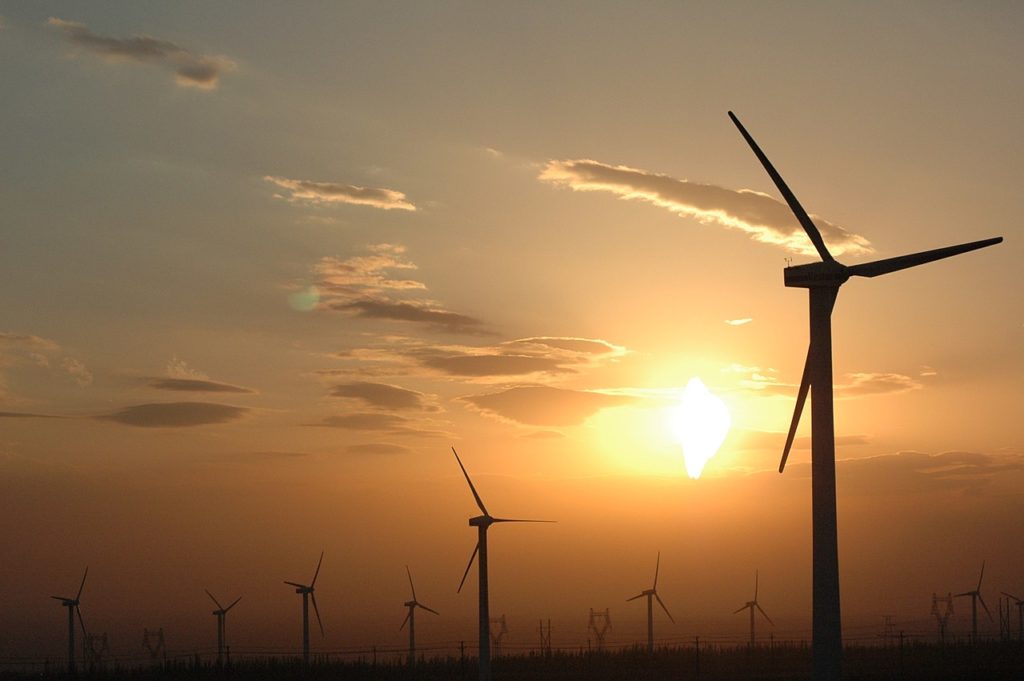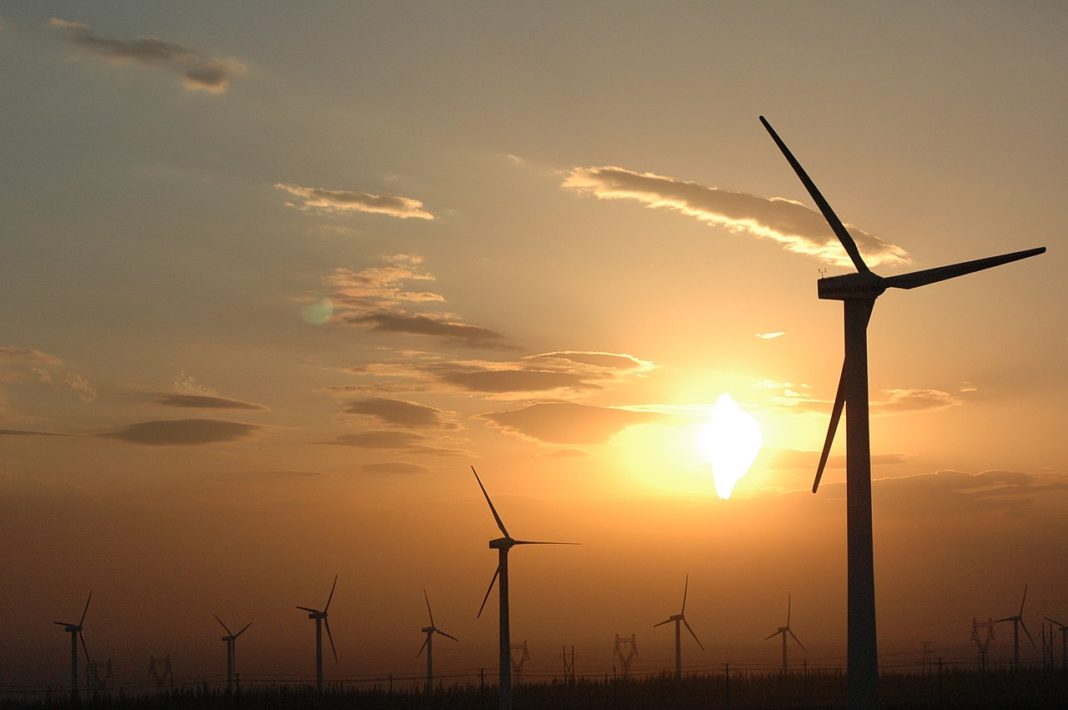Chaozhou – a city in China’s Guangdong province – has revealed ambitious plans for a 43.3-gigawatt facility in the Taiwan Strait. Operating between 75 and 185 kilometers offshore, the 10km long farm will feature thousands of powerful turbines. Because of the windy location, these turbines will be able to run between 43 percent and 49 percent of the time.

Work on the project will start before 2025, the province says. Once completed, it will eclipse the world’s current largest wind farm. The title is currently held by the Jiuquan Wind Power base in China, a massive site with a 20-gigawatt capacity.
A city in the nearby Fujian Province earlier this year proposed a 1 trillion yuan ($138 billion) project that included 50 gigawatts of offshore wind. With more than 25 percent of the world’s wind power capacity, China is claimed to be a world leader in wind energy.
A gigawatt is one billion watts and it takes around 3 million solar panels to generate one gigawatt of power. One gigawatt could power 100 million LEDs or 300,000 average European homes. So China’s new facility could be capable of powering 4.3 billion LED lights, or 13 million homes. Norway gets over 99 percent of its energy from hydropower plants with a 31 GW power generating capability – less than the new Chinese facility.
At the end of 2021, the world’s total onshore and offshore wind power capacity exceeded 830 GW. China accounts for more than half of this. This country hopes to generate a third of its electricity from renewables by 2025. However, it plans to hit net zero by 2060 – a distant target compared to many other countries.
According to euronews















